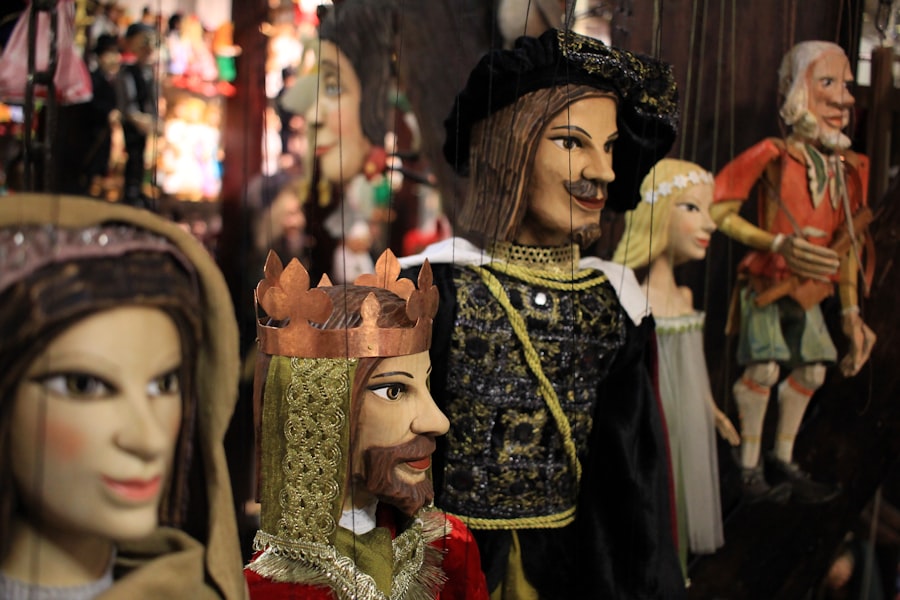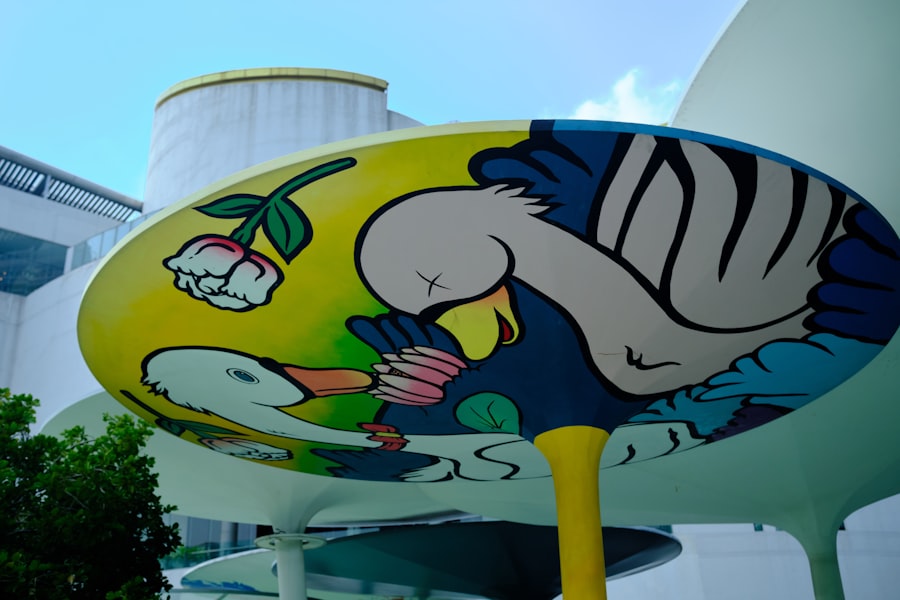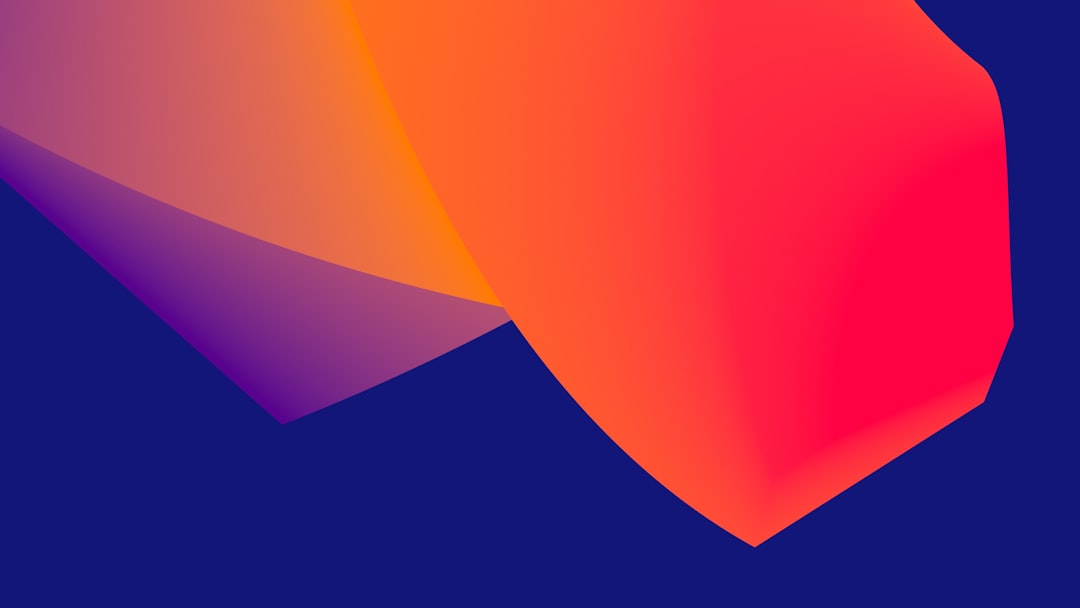The evolution of technology has significantly transformed the landscape of artistic expression, giving rise to digital art platforms that cater to a diverse range of creators. These platforms serve as virtual canvases, enabling artists to create, share, and sell their work in ways that were previously unimaginable. From traditional painting techniques adapted for digital mediums to innovative 3D modeling and animation tools, digital art platforms have democratized the art-making process, allowing anyone with a passion for creativity to participate.
The accessibility of these platforms has not only broadened the audience for digital art but has also fostered a vibrant community of artists who can connect, collaborate, and inspire one another. Digital art platforms vary widely in their features and functionalities, catering to different skill levels and artistic styles. Some platforms focus on providing robust tools for professional artists, while others are designed with beginners in mind, offering user-friendly interfaces and tutorials.
As the demand for digital art continues to grow—spurred by the rise of social media, online galleries, and the gaming industry—understanding the landscape of digital art platforms becomes essential for both aspiring and established artists. This article delves into the myriad benefits of using these platforms, highlights some of the best options available for different skill levels, and explores future trends that may shape the digital art world.
Key Takeaways
- Digital art platforms provide a space for artists to create, showcase, and sell their work in a digital format.
- Using digital art platforms allows artists to reach a wider audience, collaborate with other artists, and experiment with new techniques and styles.
- For beginners, user-friendly platforms like Procreate, Adobe Fresco, and Autodesk SketchBook are great options to start creating digital art.
- Professional artists may prefer advanced platforms like Adobe Photoshop, Corel Painter, and Clip Studio Paint for their robust features and customization options.
- When comparing digital art platforms, consider factors such as cost, compatibility with your devices, available tools, and community support.
Benefits of Using Digital Art Platforms
Accessibility and Affordability
Many digital art platforms offer free or low-cost options, making it easier for individuals to explore their artistic potential without a significant investment. This affordability factor has democratized the art world, allowing people from all walks of life to participate and express themselves creatively.
Versatility and Flexibility
Digital art platforms provide a high degree of versatility, allowing artists to easily switch between different styles and mediums. From painting and drawing to 3D modeling and animation, the options are endless, and artists can experiment with various techniques to find what works best for them. This flexibility encourages experimentation and innovation, allowing creators to push the boundaries of their artistic practice.
Refining and Editing
One of the key benefits of digital art is the ability to easily edit and manipulate creations. Artists can refine their work without the fear of making irreversible mistakes, as they can undo actions or layer elements in a non-destructive manner. This ability to experiment and refine without risk fosters a creative environment where artists can take risks and explore new ideas, leading to new and exciting forms of artistic expression.
Top Digital Art Platforms for Beginners

For those just starting their journey into digital art, several platforms stand out for their user-friendly interfaces and supportive communities. One such platform is Procreate, an iPad-exclusive application that has gained immense popularity among beginners and professionals alike. Procreate offers a wide range of brushes, tools, and features that mimic traditional drawing techniques while providing the advantages of digital creation.
Its intuitive design allows users to dive right into creating artwork without feeling overwhelmed by complex menus or settings. Another excellent option for beginners is Krita, an open-source painting program that is particularly well-suited for illustrators and concept artists. Krita boasts a comprehensive set of features, including customizable brushes and an extensive library of textures.
Its user-friendly interface makes it easy for newcomers to navigate while still offering advanced tools for those who wish to delve deeper into their craft. Additionally, Krita has a strong online community where users can share their work, seek feedback, and access tutorials that enhance their skills.
Advanced Digital Art Platforms for Professional Artists
| Platform | Features | Price | Community |
|---|---|---|---|
| Procreate | Advanced brush customization, time-lapse recording, PSD support | 9.99 (one-time purchase) | Large and active community |
| Clip Studio Paint | Vector layers, 3D models, animation tools | 49.99 (one-time purchase) or 2.09/month (subscription) | Supportive and engaged community |
| Adobe Photoshop | Extensive photo editing tools, layer styles, smart objects | 20.99/month (subscription) | Large community with access to Adobe’s resources |
As artists progress in their digital art journey, they may seek out more advanced platforms that offer greater control and functionality. Adobe Photoshop remains one of the most widely used tools among professional artists due to its extensive capabilities in photo editing, illustration, and graphic design. With a plethora of brushes, filters, and adjustment layers at their disposal, artists can create intricate compositions that push the limits of their creativity.
Photoshop’s integration with other Adobe Creative Cloud applications further enhances its utility for professionals working across various media. Another powerful platform is Corel Painter, which is specifically designed for digital painting. Corel Painter emulates traditional painting techniques with remarkable accuracy, offering a vast array of brushes that replicate oil paints, watercolors, and pastels.
This software is particularly favored by fine artists who wish to maintain a traditional aesthetic while benefiting from the advantages of digital technology. Corel Painter’s advanced features allow for detailed customization of brushes and textures, making it an ideal choice for artists looking to create highly detailed and expressive works.
Comparison of Different Digital Art Platforms
When evaluating digital art platforms, several factors come into play that can influence an artist’s choice. One critical aspect is the learning curve associated with each platform. For instance, while Procreate is known for its ease of use, Adobe Photoshop may require more time to master due to its extensive features and tools.
Beginners might find themselves overwhelmed by Photoshop’s complexity, whereas Procreate’s straightforward interface allows for quicker onboarding. Another important consideration is the cost associated with each platform. Many beginner-friendly applications like Krita are free or have minimal costs, making them accessible to a wider audience.
In contrast, professional-grade software such as Adobe Photoshop typically operates on a subscription model that can become costly over time. Artists must weigh their budget against their needs when selecting a platform; those who are serious about pursuing digital art professionally may find the investment in advanced software worthwhile.
Tips for Choosing the Right Digital Art Platform

Assessing Skill Level and Artistic Goals
Artists should first evaluate their skill level and artistic objectives. Beginners may benefit from user-friendly applications that offer extensive tutorials and community support, allowing them to develop their skills and build confidence. In contrast, more experienced artists may prioritize advanced features that provide greater creative freedom and customization, enabling them to refine their craft and push the boundaries of their art.
Choosing the Right Tools for the Job
The type of artwork an artist wishes to create is also a crucial factor in selecting a digital art platform. For instance, illustrators may prefer platforms like Clip Studio Paint or Procreate, which specialize in drawing tools and features tailored to their needs. On the other hand, artists interested in creating 3D models may opt for software like Blender or ZBrush, which excel in sculpting and rendering three-dimensional artwork.
Understanding Artistic Direction
Ultimately, understanding one’s artistic direction plays a significant role in choosing the right digital art platform. By identifying their specific needs and goals, artists can select a platform that aligns with their vision, allowing them to focus on creating exceptional art that showcases their unique style and talent.
Exploring Niche Digital Art Platforms
Beyond mainstream options, there are numerous niche digital art platforms that cater to specific artistic needs or communities. For example, ArtRage is designed for artists who want to replicate traditional painting techniques digitally. It offers realistic paint textures and blending options that appeal to those who prefer a tactile approach to their work.
This platform is particularly popular among fine artists who wish to maintain a connection to traditional methods while exploring digital possibilities. Another niche platform is Affinity Designer, which focuses on vector graphics and is often seen as an alternative to Adobe Illustrator. Affinity Designer provides powerful tools for creating scalable artwork suitable for various applications, from logo design to intricate illustrations.
Its one-time purchase model appeals to many users who prefer not to commit to ongoing subscription fees associated with other professional software.
Future Trends in Digital Art Platforms
As technology continues to advance at a rapid pace, several trends are emerging within the realm of digital art platforms that could shape their future development. One notable trend is the integration of artificial intelligence (AI) into creative tools. AI-driven features are beginning to appear in various applications, offering artists assistance in tasks such as color matching, composition suggestions, and even generating artwork based on user input.
This technology has the potential to enhance creativity by providing new avenues for exploration while also streamlining repetitive tasks. Another trend is the increasing emphasis on collaboration within digital art platforms. As remote work becomes more prevalent across industries, many platforms are incorporating features that facilitate real-time collaboration among artists.
This shift allows creators from different parts of the world to work together seamlessly on projects, share ideas instantaneously, and provide feedback in real time. Such collaborative environments foster innovation and community building within the digital art space. In conclusion, the landscape of digital art platforms is rich with opportunities for both novice and experienced artists alike.
By understanding the benefits these platforms offer and exploring various options tailored to individual needs, creators can find the perfect tools to express their artistic vision in an increasingly digital world.
FAQs
What are digital art platforms?
Digital art platforms are online platforms or websites that allow artists to create, showcase, and sell their digital artwork. These platforms provide a space for artists to connect with potential buyers and other artists, as well as offer tools and resources for creating and promoting digital art.
What types of digital art can be found on these platforms?
Digital art platforms feature a wide range of digital art, including digital paintings, illustrations, graphic designs, 3D art, animations, and more. Artists can use various digital tools and software to create their artwork, and then showcase and sell it on these platforms.
How do artists benefit from using digital art platforms?
Digital art platforms provide artists with a global audience and a convenient way to showcase and sell their artwork. These platforms also offer tools and resources for artists to promote their work, connect with other artists, and gain exposure in the digital art community.
What are some popular digital art platforms?
Some popular digital art platforms include DeviantArt, ArtStation, Behance, Society6, Redbubble, and Etsy. Each platform offers different features and focuses on different types of digital art, so artists can choose the platform that best suits their needs and artistic style.
Can anyone join and use digital art platforms?
Yes, most digital art platforms are open to anyone who creates digital art, regardless of their skill level or experience. Artists can create a profile, upload their artwork, and start connecting with the digital art community on these platforms.
